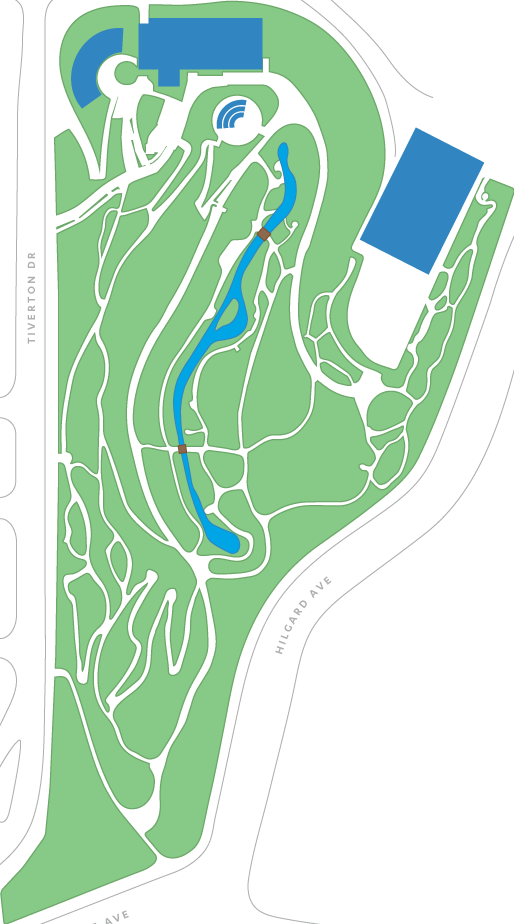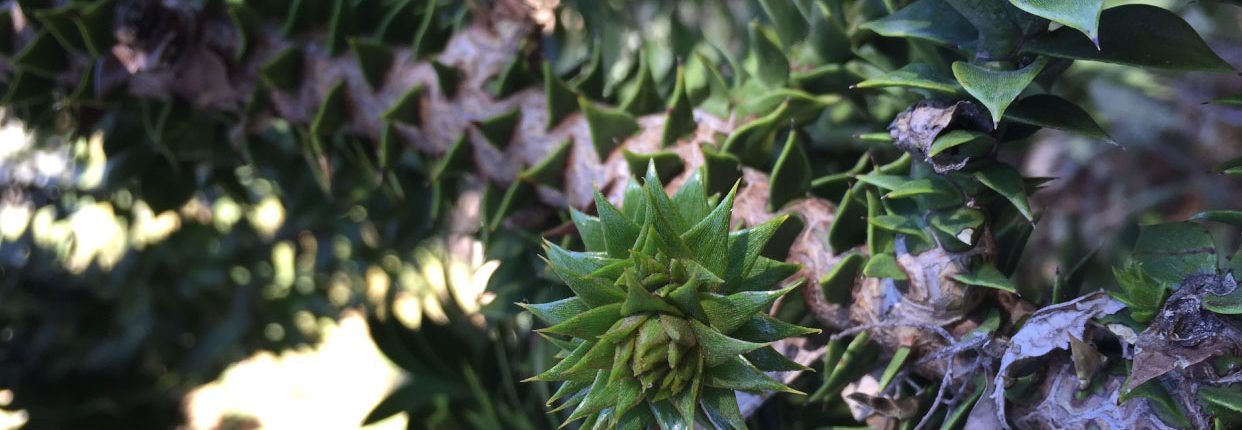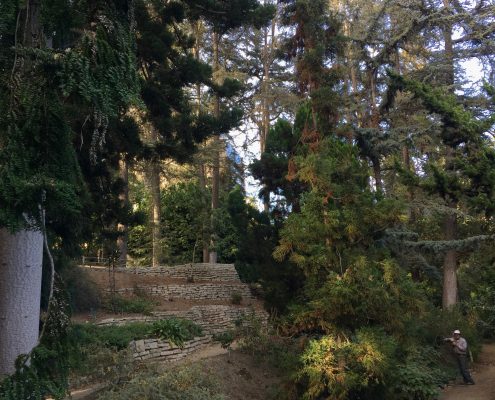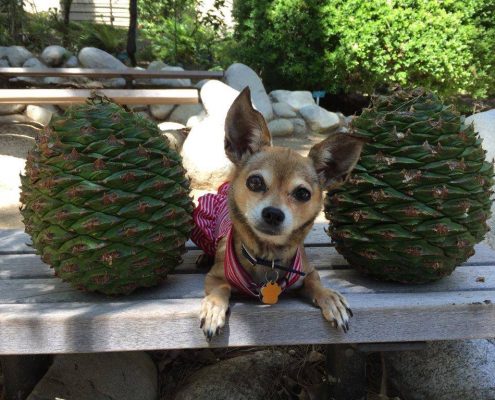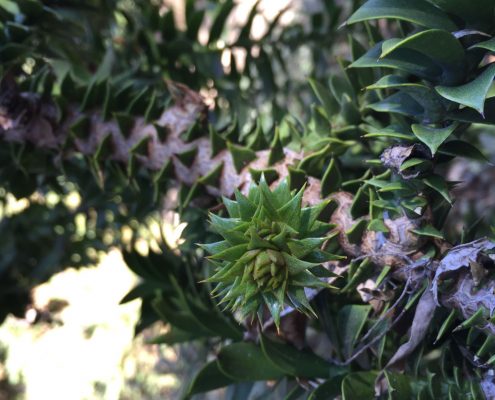![]()
Conifers
The name conifer describes how these plants reproduce—by bearing cones full of seeds. This strategy evolved before flowering plants even existed. Today, there are about 650 species of conifers worldwide.
Conifers are the dominant tree type in many forests across the globe. They grow in many diverse climates, from snowy mountain peaks to tropical rainforests. Different types of leaves have adapted to different environments. While most conifers have needle-like leaves, there are actually a variety of leaf types.
Coniferas
La palabra “conífera” describe la manera en la que estas plantas se reproducen—portando conos llenos de semillas. Esta estrategia evolucionó antes de que las plantas con flores existieran. Actualmente, hay cerca de 650 especies de coníferas en todo el mundo que crecen en gran variedad de climas y lugares, desde picos montañosos nevados hasta bosques tropicales. La diversidad de hojas de las coníferas evidencia su adaptación a diferentes condiciones. Normalmente reconocemos a las coníferas por sus hojas en forma de aguja, pero estas plantas tienen hojas de diferentes tipos. Observa con cuidado a los árboles aquí y compara las hojas del cedro deodar (Cedrus deodara) de los Himalayas con las de la araucaria australiana bunya-bunya (Araucaria bidwillii).
Explore further
Conifers are a group of woody, cone bearing trees and shrubs which form an important component of global forests, particularly in colder climates where they often dominate huge swaths of land. The first conifers appeared many millions of years before flowering plants, during the Carboniferous era almost 300 million years ago. Most conifer species are evergreen, with a few notable exceptions, and have characteristic long, flattened leaves, which are commonly referred to as needles. The lightweight but durable timber of conifers is an important building material throughout the world.
The Conifer collection is located in the southern portion of the Garden along our ADA south switchback path. New plantings in this area are focusing on rare and unusual conifers such as a recently planted Vietnamese golden cypress (Xanthocyparis vietnamensis), a small tree which was only recently discovered in the mountains of northern Vietnam.
